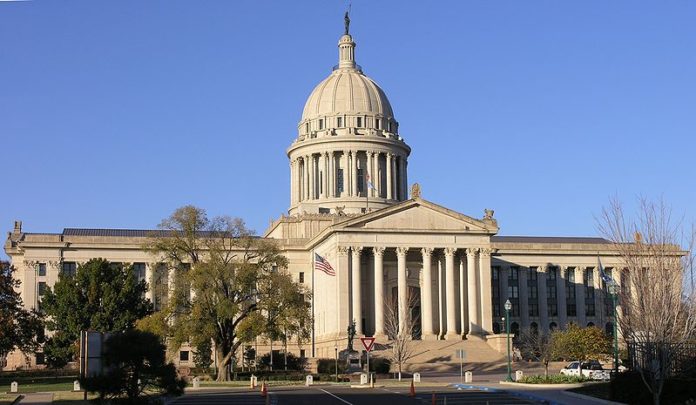First of Three Parts
BY JOE DORMAN
 I have watched with great interest the budget discussions occurring inside the state Capitol. Not surprisingly, the number of press releases significantly decreased this year since it is not an election year and the news has rarely been good.
I have watched with great interest the budget discussions occurring inside the state Capitol. Not surprisingly, the number of press releases significantly decreased this year since it is not an election year and the news has rarely been good.
The state’s annual budget for appropriations has recently been around $7 billion, but that is decreasing. In January, it was announced the state would face a $611 million budget shortfall and this is expected to grow larger. This is partly a result of the reduced production from the energy sector, layoffs and the decrease of income tax collections, and reduced sales taxes collections since Oklahomans must make necessary cuts to their lifestyles.
Recent tax cuts implemented will also factor into collections.
The Legislature capped energy production taxes at a 2% rate last year. The percentage was to ratchet up to 7% this upcoming budget year. This passed when prices per barrel were high, so no claim can be made it was done to spur our economy. This economy will also be the argument against delaying or increasing this rate, and it could not be done even if a majority of legislators wanted with the constitutional protections against raising taxes.
Article V, Section 33 of our state Constitution requires either a majority vote of the people or three-fourths of legislators voting to pass a tax increase. That simply will not happen. No tax hike has been passed since that language became law as SQ 640 in 1992.
An income tax cut trigger was met to implement a permanent reduction of a quarter percent. This translates into roughly $125 million less for the annual state budget. Economists suggest this amount infused back into the economy usually generates spending and allows for other tax collections, so the actual cut is estimated to be 50% of that amount in a best case scenario. This means a cut of $125 million will in reality be roughly $60 million reduced from each future budget.
In contrast, multiple fee increases have passed, providing limited dollars to targeted programs which often cover shortfalls in state agencies. These are essentially targeted tax increases, but by legal definition, fees increases are interpreted as being different than a tax to allow them to occur.
I also find it ironic, and sometimes hypocritical, that many legislators wholeheartedly endorse tax cuts, but support fee increases and tax credits. Tax credits either give taxpayer dollars from the budget to businesses or reduce their tax burden. In other words, funding state programs which benefit people are bad, but subsidizing pet projects with taxpayer dollars is fine. Some credits do legitimately provide incentives for increasing jobs, but many are simply a form of corporate welfare.
The Oklahoma budget will soon be made public. With the shortfall, we will see cuts to almost every agency and program. It is unlikely new monies will be spent on any programs. I suspect there will be no pay raises for state employees and educators, no cost of living increase for retirees, and no additional repairs for roads or prisons.
In the next column, we will review other budget policy impacts, including matching federal funds, bonding and agency revolving funds. Until we see responsible reforms to the state budget process, we will not see the improvements in Oklahoma we desire.
– Joe Dorman, a Rush Springs Democrat, represented District 65 in the Oklahoma House of Representatives for 12 years. He was the 2014 Democratic nominee for governor.







